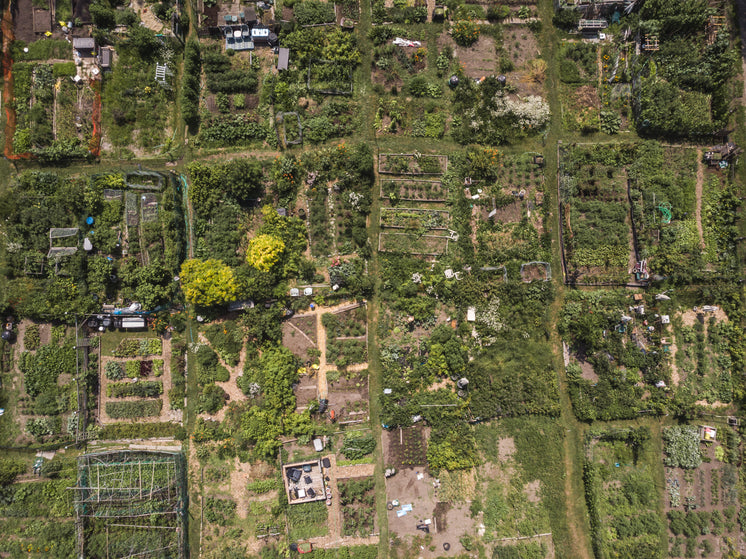Regular feeding with a high-quality plant food can also help to keep your tropical houseplants healthy and thriving. Look for a balanced, water-soluble fertilizer designed for indoor plants and follow the manufacturer’s instructions for best results. In addition to feeding, regular pruning and repotting can help to keep your tropical houseplants looking their best and prevent them from becoming overcrowded or root-bound.
Tropical houseplants have always been a popular choice for indoor gardening enthusiasts. Their lush green foliage and vibrant blooms add a touch of exotic beauty to any living space, making them a must-have for those looking to create a tropical oasis in their own home.
Water features are another popular element of garden design, adding a sense of tranquillity and elegance to the outdoor space. Ponds, fountains, and waterfalls can all be used to create a focal point in the garden, and can attract wildlife such as birds and insects, adding to the natural beauty of the space.
 Whether you’re a seasoned plant lover or a complete beginner, tropical houseplants are a wonderful addition to any home. With their beauty, health benefits, and ease of care, they are sure to bring a touch of the tropics to your living space and brighten your days with their natural beauty. So why not bring a little piece of paradise into your home today with a stunning tropical houseplant?
Whether you’re a seasoned plant lover or a complete beginner, tropical houseplants are a wonderful addition to any home. With their beauty, health benefits, and ease of care, they are sure to bring a touch of the tropics to your living space and brighten your days with their natural beauty. So why not bring a little piece of paradise into your home today with a stunning tropical houseplant?
One of the main reasons why tropical houseplants are so beloved is their ability to thrive in indoor environments. Many tropical plants are well-suited to the conditions found inside a typical home, such as moderate temperatures, high humidity, and indirect sunlight. This makes them ideal for those who don’t have access to a garden or outdoor space but still want to enjoy the benefits of gardening.
In conclusion, garden design is an important aspect of creating a beautiful and functional outdoor space. By following key principles such as layout, plant selection, landscaping materials, water features, and lighting, homeowners can create a garden that is both aesthetically pleasing and practical. With the right design, a garden can be transformed into a peaceful retreat that can be enjoyed for years to come.
Overall, 3D garden design is a powerful tool that can help you bring your outdoor space to life. From precise measurements and accurate representations to experimentation and communication, the benefits of 3D design are clear. Whether you are a seasoned gardener or just starting out, incorporating 3D design into your planning process can take your garden from ordinary to extraordinary. So why not give it a try and see the difference it can make in transforming your outdoor space into a beautiful haven of tranquility and beauty.
There are many different 3D garden design software options available, ranging from simple tools that allow you to create basic models to detailed programs that offer a wide range of features. Some software options even allow you to input specific details about your garden, such as soil types and sunlight exposure, to create a more accurate model. It is worth taking the time to explore different options to find the software that best fits your needs and budget.
3D garden design software allows you to create a virtual model of your garden, complete with accurate measurements and realistic details. This can help you to visualise how different elements will work together, and make changes before any physical work is started. In this article, we will explore the advantages of 3D garden design and how it can help you to create the garden of your dreams.
Lighting is another important aspect of garden design, helping to create a welcoming and inviting atmosphere in the evening hours. Outdoor lighting can be used to highlight features such as plants, trees, and sculptures, and can also be used to illuminate pathways and seating areas, making the garden safe and easy to navigate after dark.
Another important aspect of garden design is the choice of plants and landscaping materials. The plants chosen for the garden should be appropriate for the climate and soil conditions, and should be selected based on their aesthetic appeal, as well as their ability to thrive in the local environment. Landscaping materials, such as paving stones, decking, and decorative features, should complement the overall design of the garden and create a harmonious and cohesive look.
Gardening is a timeless hobby that brings joy and tranquility to many people. But planning and designing a garden can be a daunting task, especially if you struggle to visualize the end result. This is where 3D garden design comes in—a modern and innovative tool that allows you to create a realistic depiction of your dream garden before putting in the hard work. In this article, we will explore the advantages of 3D garden design and how it can help you bring your outdoor space to life.
In conclusion, 3D garden design can be a valuable tool for creating a beautiful and functional outdoor space. By allowing you to see your garden from all angles, experiment with different elements, and visualise how it will look in different conditions, 3D design can help you to make informed decisions about your garden. Whether you are planning a small courtyard garden or a large estate, 3D garden design can help you to create a space that is both practical and visually appealing.

